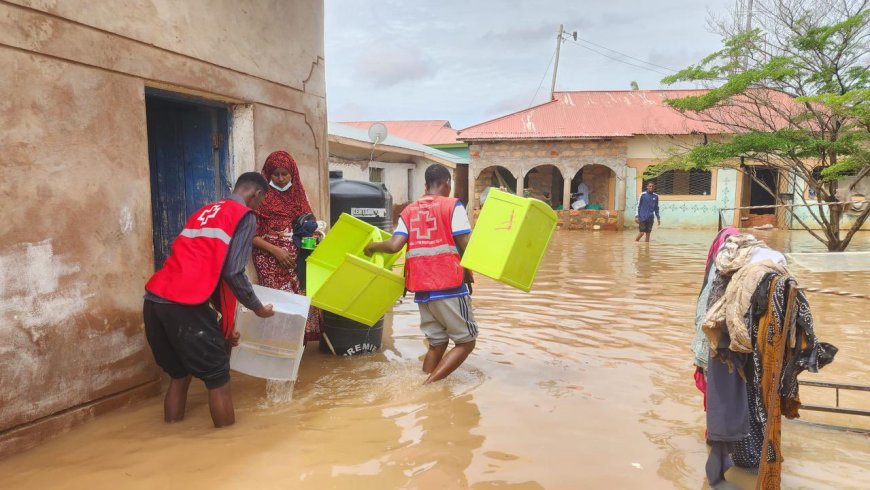El Nino to last until April 2024 – WMO

By Peter Ochieng
The ongoing El Nino rains being experienced in some countries across the globe are expected to last at least until April 2024, according to an update from the World Meteorological Organization (WMO).
The Geneva, Switzerland based organization in a press release on Wednesday said the occurrence continues to influence weather patterns, contributing to a further spike in temperatures both on land and in the ocean.
“El Niño occurs on average every two to seven years, and typically last nine to 12 months. It is a naturally occurring climate pattern associated with warming of the ocean surface in the central and eastern tropical Pacific Ocean. But it takes place in the context of a climate being changed by human activities,” said WMO Secretary-General Prof. Petteri Taalas.
“El Niño impacts on global temperature typically play out in the year after its development, in this case in 2024. But as a result of record high land and sea-surface temperatures since June, the year 2023 is now on track to be the warmest year on record. Next year may be even warmer. This is clearly and unequivocally due to the contribution of the increasing concentrations of heat-trapping greenhouse gases from human activities."
The previous warmest year on record was 2016.
The most recent forecasts and expert assessment suggest a high likelihood of continued warming in the central-eastern equatorial Pacific for at least the next four overlapping 3-month seasons: November-January, December-February, January-March, and February-April 2024.
At home, the Kenya Meteorological Department (KMD) had predicated El Nino rains from October, 2023, to January, 2024, before being scaled down to heavy rains.
However, heavy rains have pounded the country from last week, causing deaths, destructions and displacement of thousands of people.
Some Kenyans have made up their mind that this is actually an El Nino season.
In Elwak, Mandera county, homes submerged and lives disrupted. The Kenya Red Cross Society (KRCS) says 26,011 families in parts of the North Eastern region; Wajir, Garissa and Mandera are grappling with the harsh impact of floods, leaving 13,473 displaced.
What's Your Reaction?



































































































































































































































































































